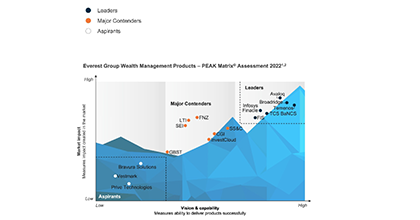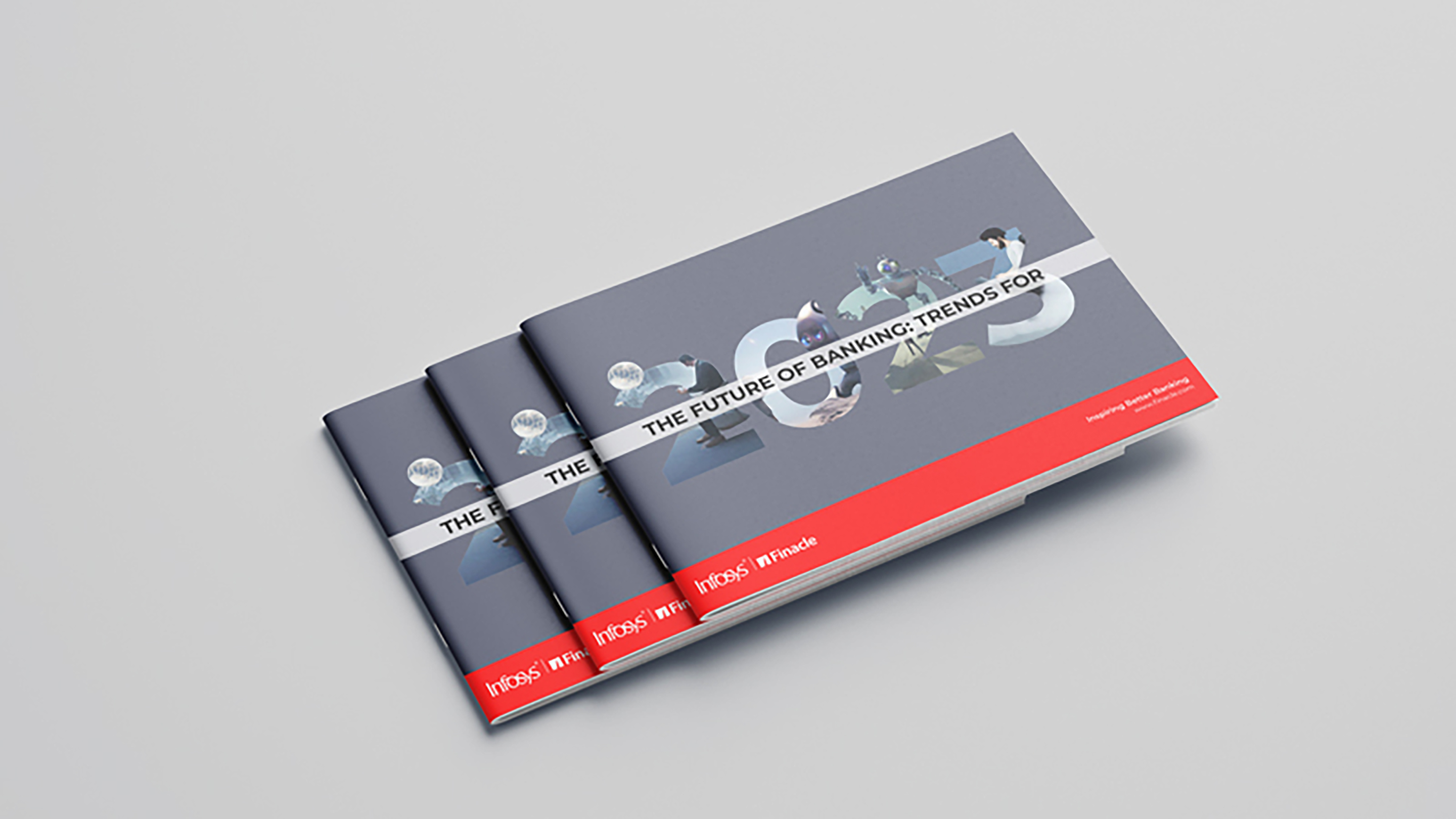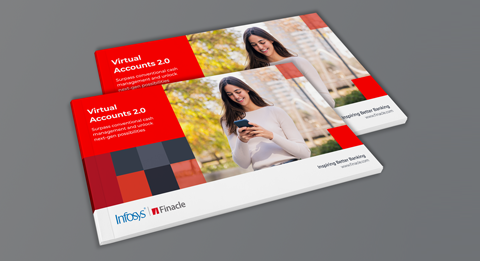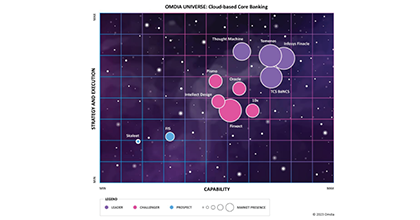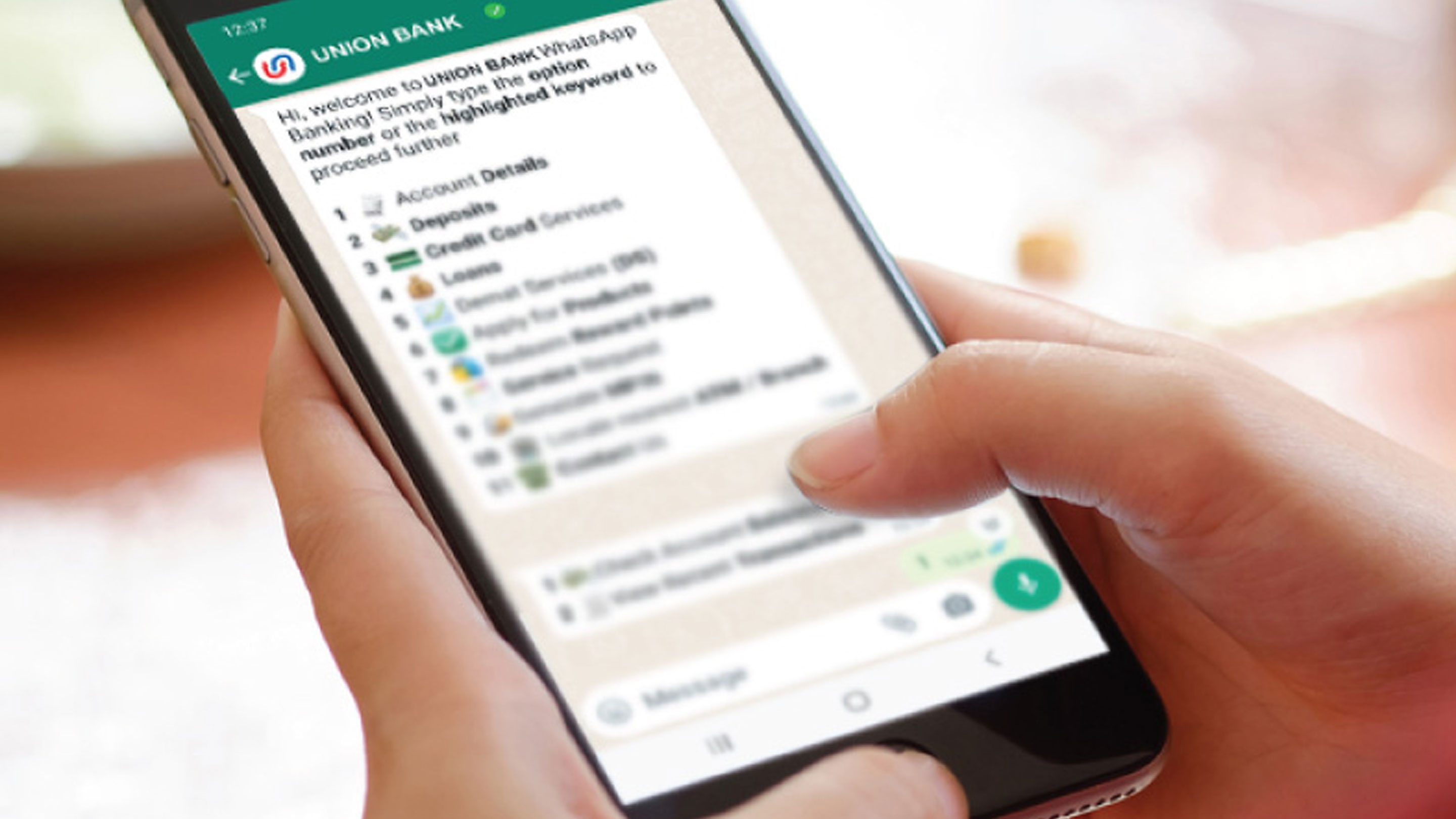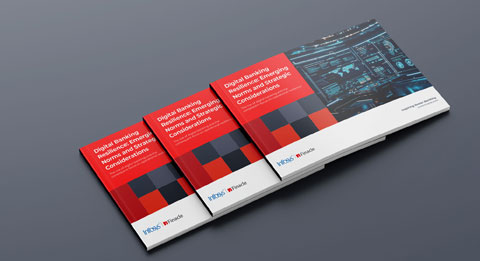Today, we live in an extremely connected-world; one in which smartphones are near-ubiquitous, and access-to-internet is considered an essential-service. Almost all digitally-active individuals of the banking-population seem to own and use a smartphone.
So, in this Mobile-First era, should banks persist with ‘Online Banking’ service?
Who really uses it? Why not migrate every account and functionality to the mobile app? What justifies the continued investment in sustaining the Internet/Online Banking platform?
My curiosity drove me to objectively evaluate the trends, statistics and forces influencing the adoption across the Mobile and Online channels. As I delved deeper, a different narrative shaped up.
Over the years, Bank of America (BofA) has championed serval innovative digital-initiatives. In June 2018, BofA launched their chatbot – Erica, and made it available to all their mobile users. In about a years’ time, Erica has become one of the most popular and rapidly adopted chatbot in the Financial Institution (FI) ecosystem. Now theoretically, given the best in class mobile app and chatbot that BofA offers, all of their digi-savvy customers must have migrated entirely to mobile-apps.
At least, that is what we can expect, right?
However, statistics indicate otherwise. As of June 2019, BofA has about 27 million active mobile users and about 10 million ‘online banking’ customers who do not use the mobile-app.
Among BofA customers, adoption of mobile-apps has not meant the abandonment of Online-Banking.
Kindly note that these 10 million are internet-aware and tech-savvy customers and in all probability have and use a smartphone. BofA understands and acknowledges what is happening here. A third of it’s digital-customers have a clear channel preference – Online Banking. It needs to be respected. So, in the near future, BofA plans to extend their award-winning bot, Erica to its ‘Online Banking’ customers as well.
Among the end-customers, the adoption of Mobile-Apps has not come at the cost of abandoning the Online-Banking channel. The lesson for FIs then, to not ignore the online-banking platform in pursuit of mobile-first design/approach.
The relevance and continued-usage on Online-Banking platforms can be explained by the 3 Perspectives (3P) and 3 Advantages (3A) that favor them.
The three perspectives (3P) are,
- Varied personas and preferences
Not all customers are alike. For the FIs, it’d be wise to segment the customers within each category (Retail, Corporate, SME) into several personas. These personas, must take into account the demographics, and behavioral traits among other things. A good example/template of Persona classification is shared within the ‘Accenture 2019 Global Financial Services Consumer Study’. In this study, the FI customers are categorized into four personas – Pioneers, Pragmatists, Skeptics and Traditionalists.
The study details, along with statistics, how each persona vary in their preference and adoption of various services and channels. - Everybody needs an alternate channel – even your Mobile-First customer
More often that we realize, that our phones are not handy or have simply run out of juice. The online/internet banking platform is still the second-best option.
Also, a transaction (ecommerce or peer-transfer, for example) that starts off in a laptop/tablet tends to favor ‘Online Banking’ as the channel of payment. This helps complete the purchase/payment in the same device, instead of switching devices. - Real-estate on the phone
Personally, I hold accounts across 3-4 different banks. It is neither optimal nor logical to install 4 different banking apps on my phone all the time. Because, there is only so much real-estate on my phone screen. Also, I believe that any app that I wouldn’t use at least a few times every, month is not worth installing. So, when I need to transact with my non-primary account, I rely on internet banking. Don’t we all?
These considerations are valid realities, and strong use-cases is support of Online Banking platforms.
The three advantages (3A) of Online-Banking over Mobile-Banking platforms,
- Flexible layout and descriptive content
In case of mobile-apps, often-times, the layout is designed to achieve maximum functionality within fewer-clicks. The ‘ease of getting things done’ is prioritized over all else. This may cause two kinds of inconvenience. Firstly, the mobile-screens assume that the user understands the functionality, its workflow to a certain extent. Secondly, there is limited opportunity for creating awareness about the workflow.The Online Banking platform seem to balance functionality/education better. Due to the larger layout, it is possible to include descriptions, demos in each screen. It is easier to embed awareness-packages along the workflow. A lot of industry-folks believe that online banking and its descriptive detail/layout appeals to the older-population. I can’t entirely disagree with them.
- Accessible anywhere and compatibility
As a consumer, Online Banking is practically available and accessible anywhere from any device. All you need is a web-browser and any internet connected device – desktop, laptop, tablet. You don’t even have to upgrade the app, once very few weeks.
From an FIs point of view as well, Online Banking platforms are easier to maintain, and roll-out new features. The platform requires a single instance of installation, unlike mobile-apps, that require at least two native apps (Android & iOS). - More functionalities?
Have you ever realized that a certain feature was missing in you Banking App?It happens more often than you think. Let’s consider an example.ICICI Bank is the largest private-sector bank in India by assets and market capitalization. They even pioneered internet-banking (in 1998) in India. ICICI Bank leverages the capabilities of Infosys Finacle (an industry leading banking solution suite) to power its core-banking and online-banking platforms. As they celebrated ‘20 years of digital banking’ recently, Forrester adjudged their retail mobile-app (iMobile) as one among the world’s best mobile banking applications.
Now, given the reputation and ranking, you’d expect iMobile to have the most comprehensive set of features. Actually, it doesn’t. It turns out that ICICI Bank’s internet banking platform supports 350 services, while their mobile platform has 250 services enabled.
ICICI Bank’s internet banking platform supports 40% more services than their mobile-app.
Mobile-Apps are no doubt, the most-preferred channel of access/transaction by the customers. However, Online-Banking seems to be the preferred platform for the FIs to offer the most comprehensive set of features and integrations.
In short, the Online Banking platforms still has several compelling use-cases and is expected to remain relevant for a long time. The trends indicate that the FIs across the world are leveraging the platform to mine analytics/insights, and personalize their offerings. A new functionality is easily prototyped/tested on the Online Banking platform to asses it popularity and adoption. For example, the calculator-tools (such as interest calculators, Loan/EMI calculators etc) are often found in the Online Banking platform and not in the mobile apps.
The focus of the FIs is to expand the customer base, mine insights about existing customers, upsell them the right product at the right time, and deliver superior transaction experiences.
In summary, I think the Online Banking platforms need to be innovated further. They still have a vital role in meeting the customer requirements and also furthering the banks’ vision.


